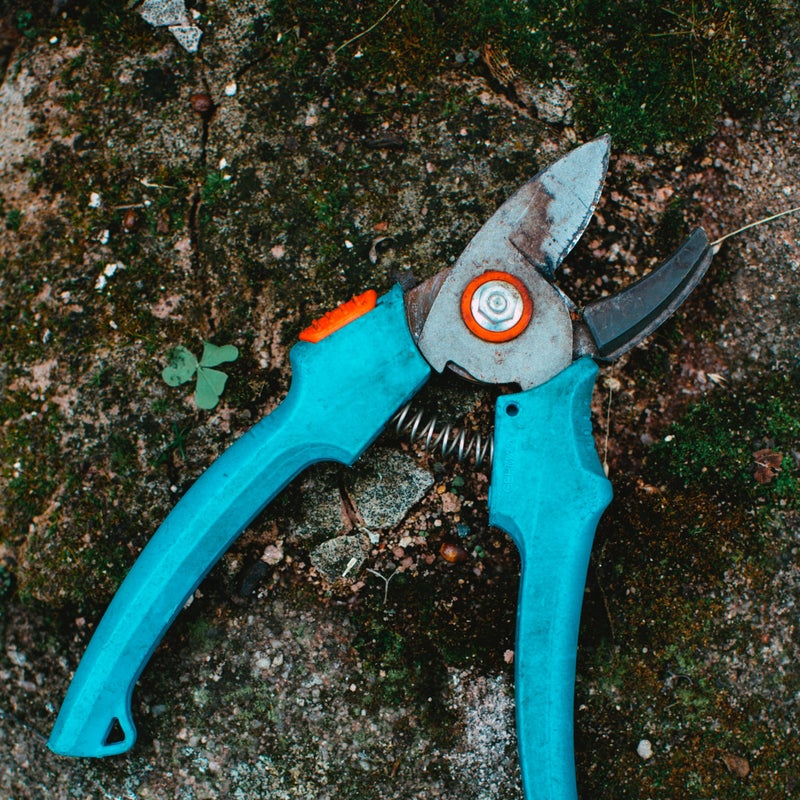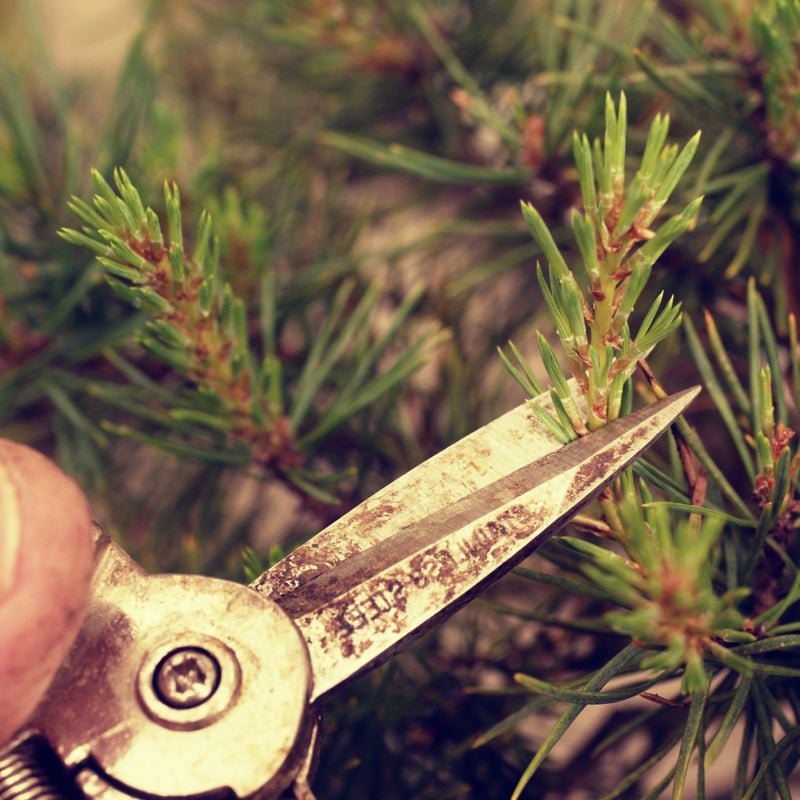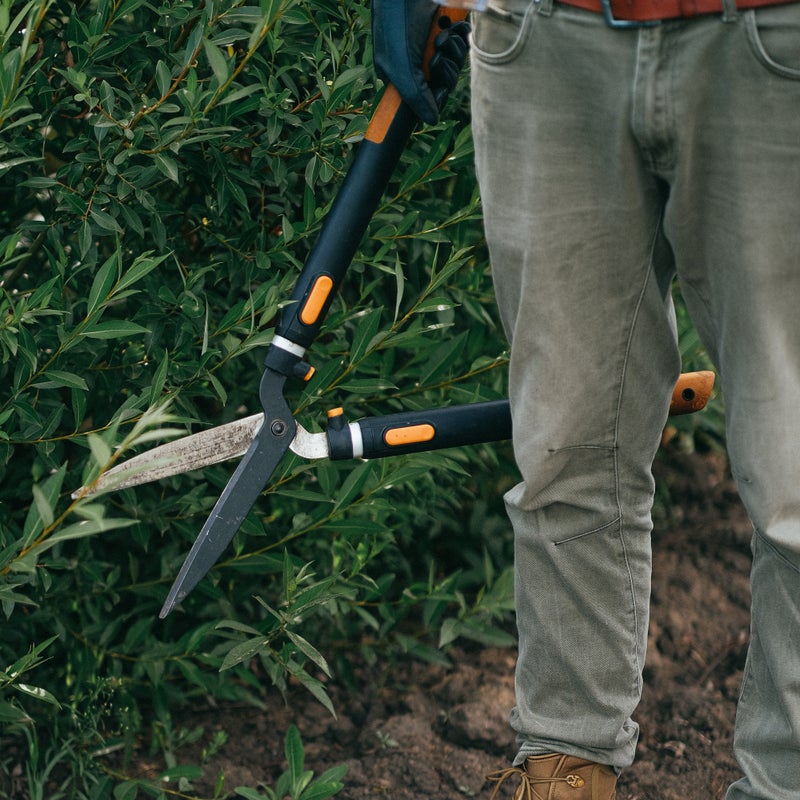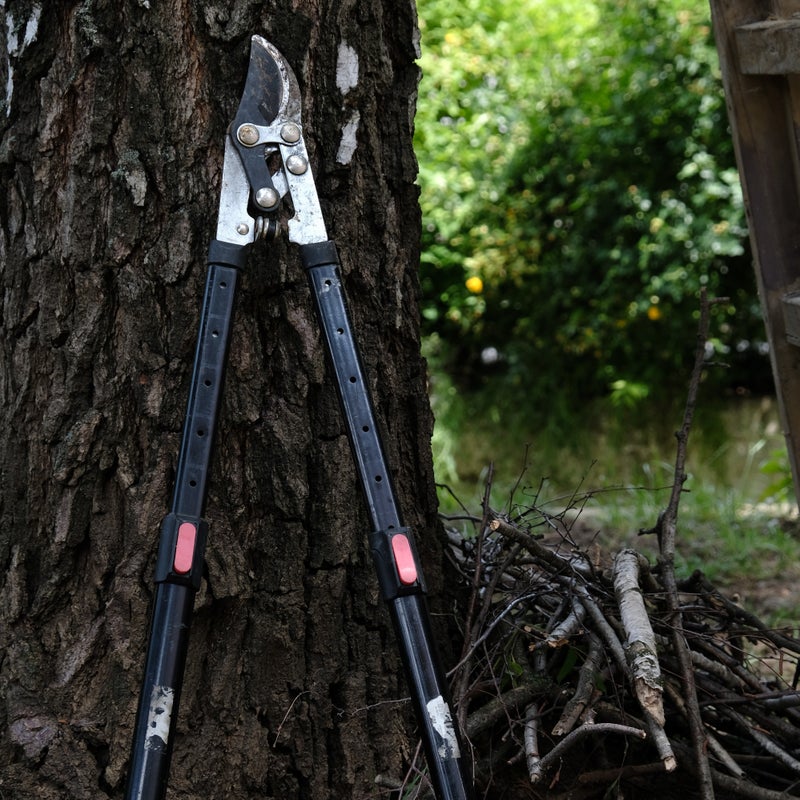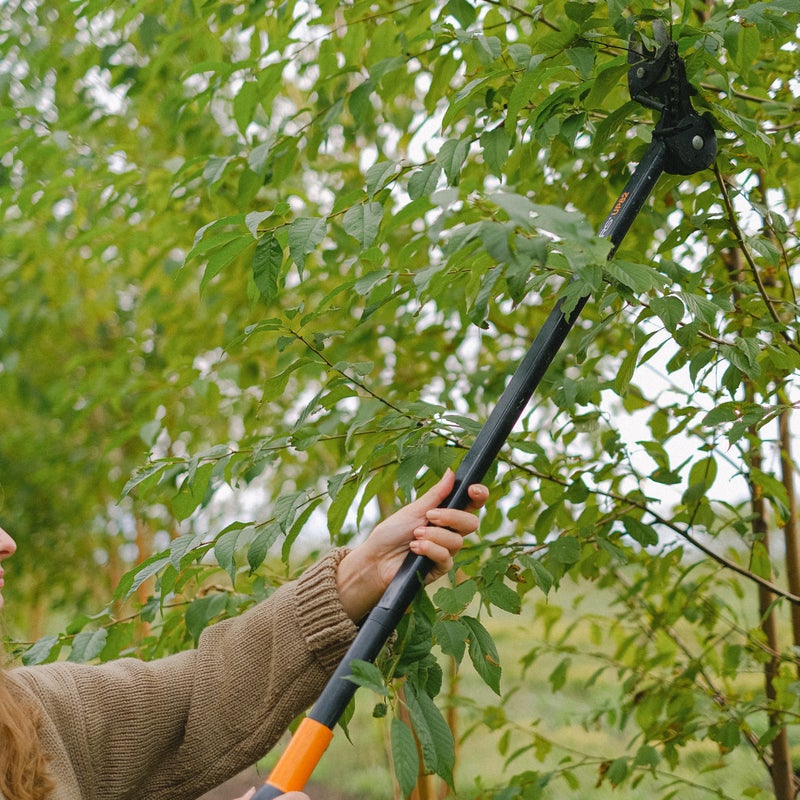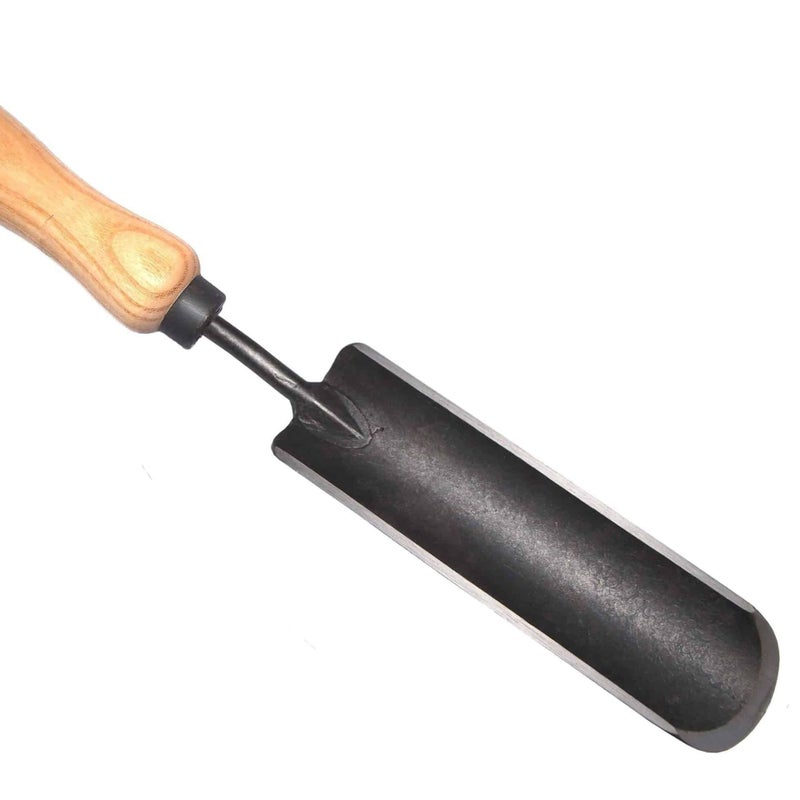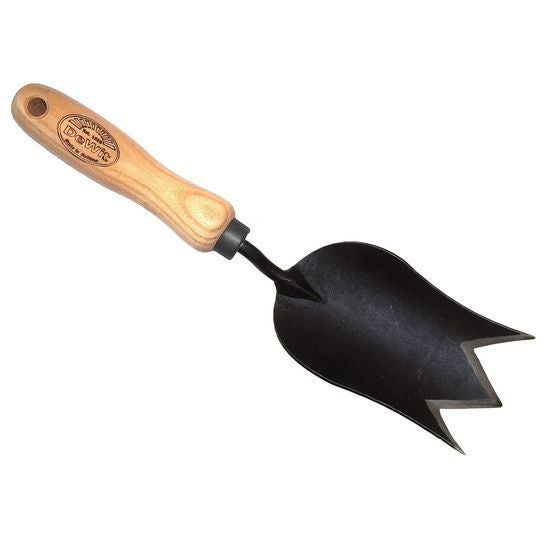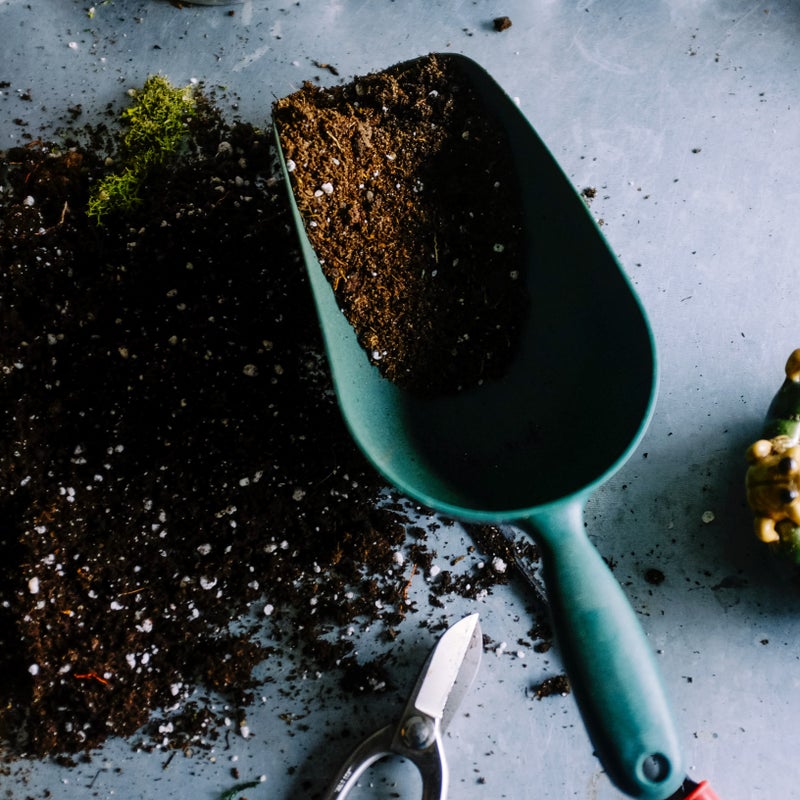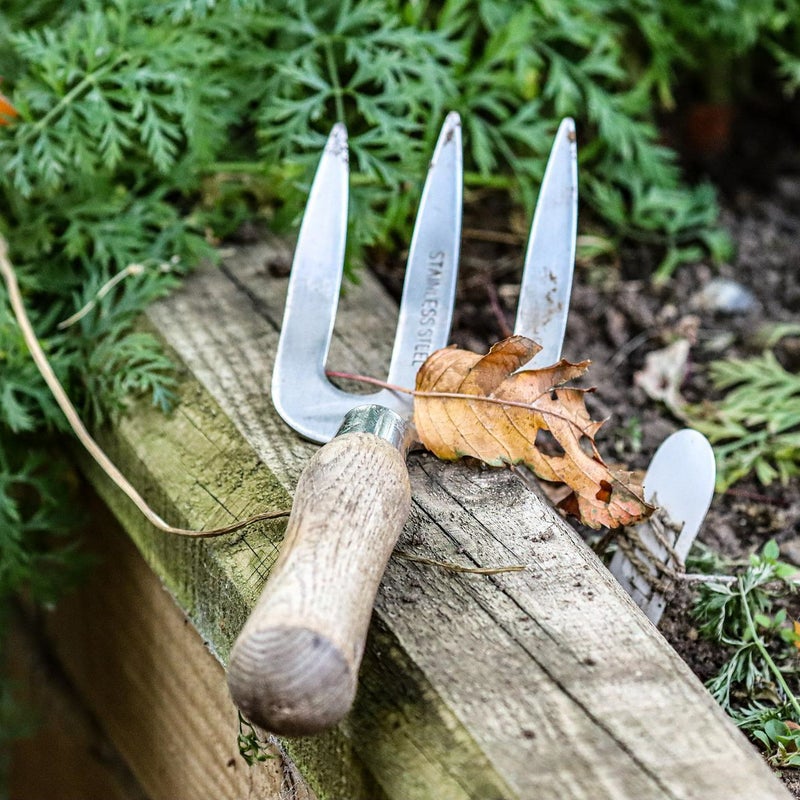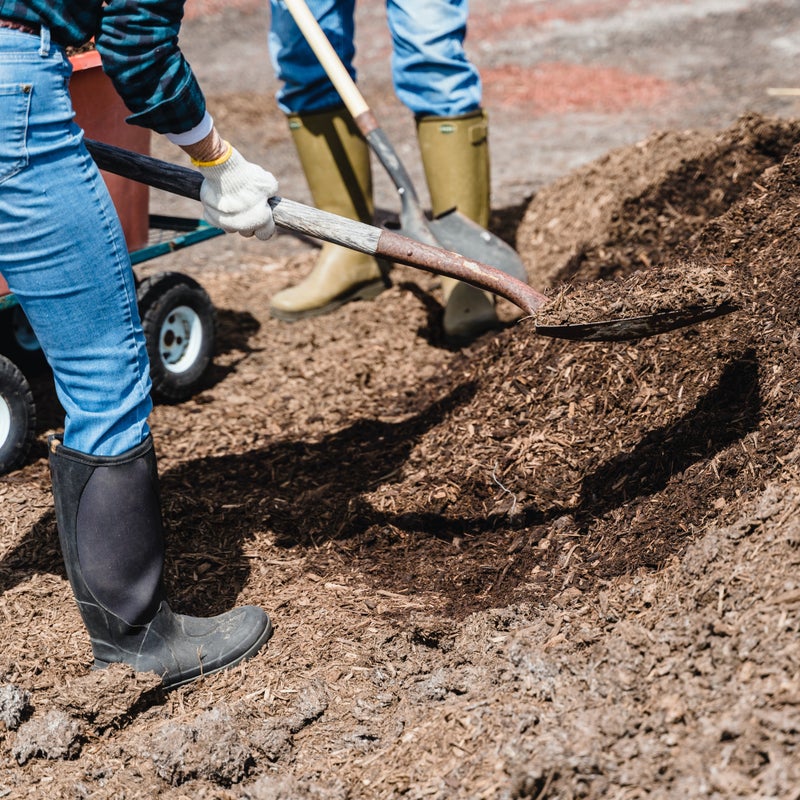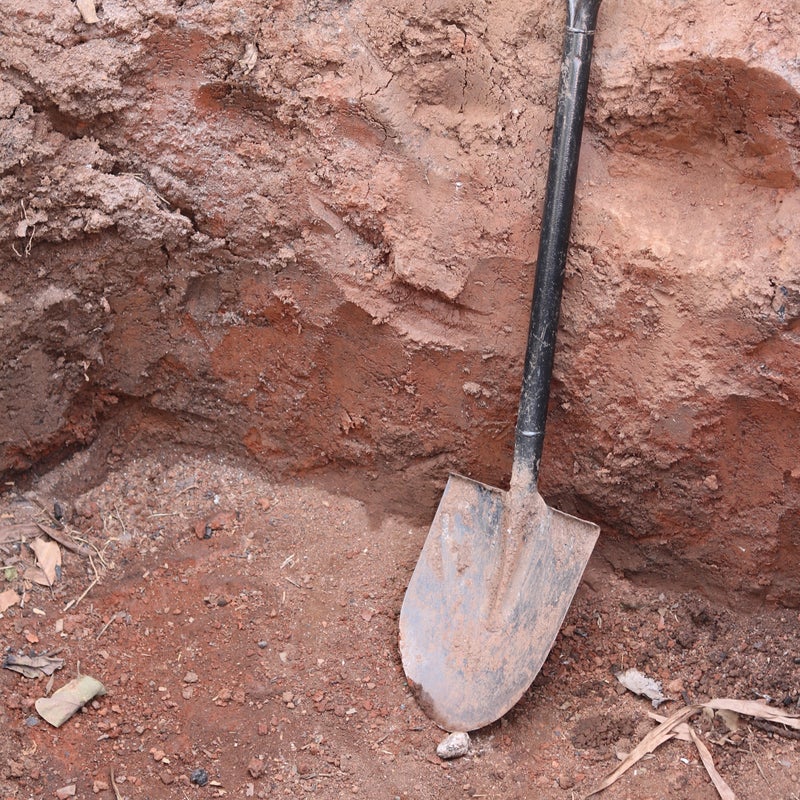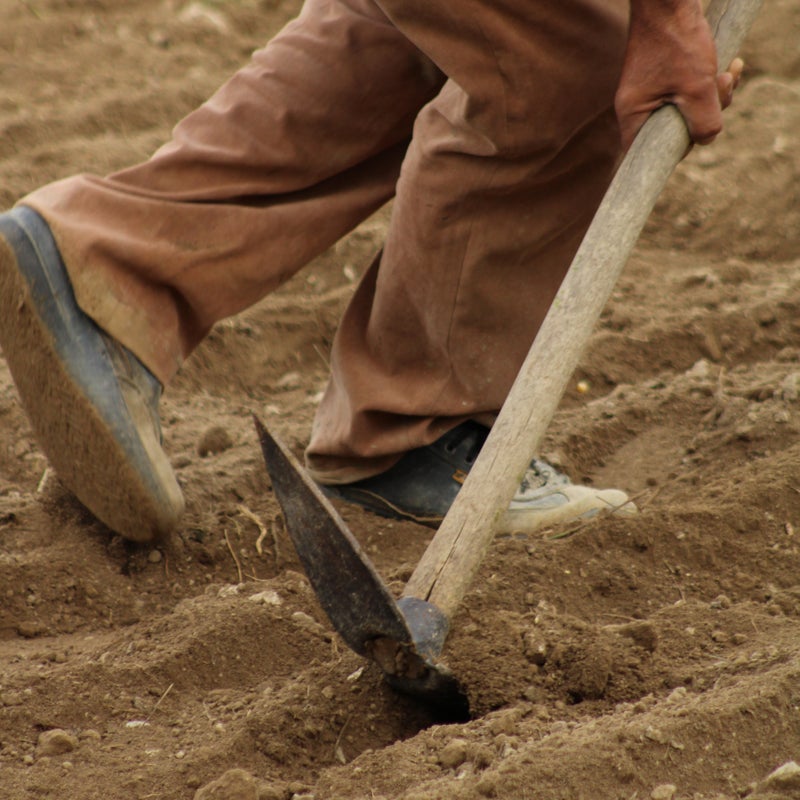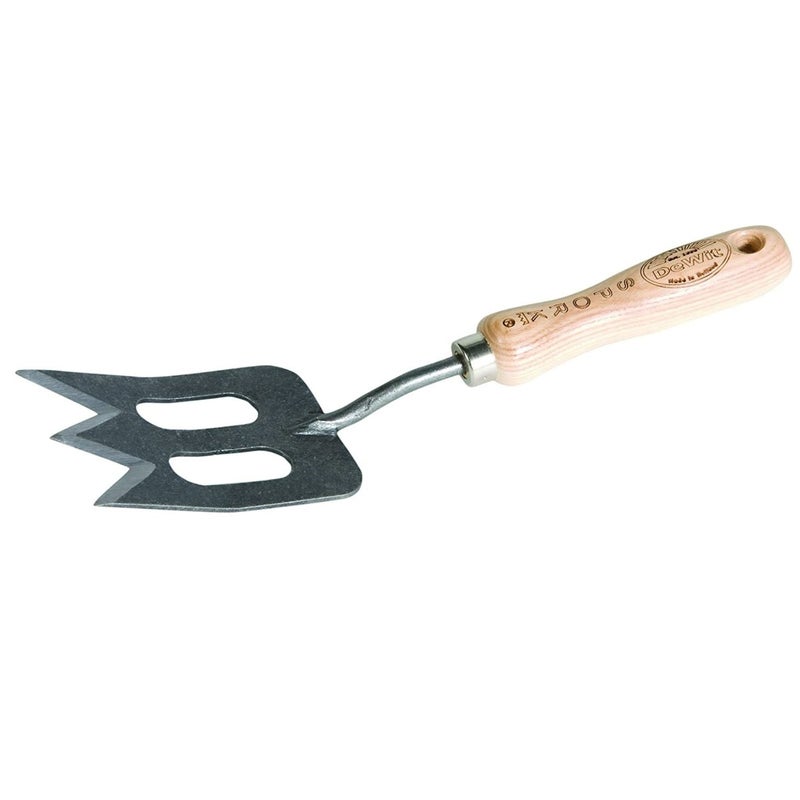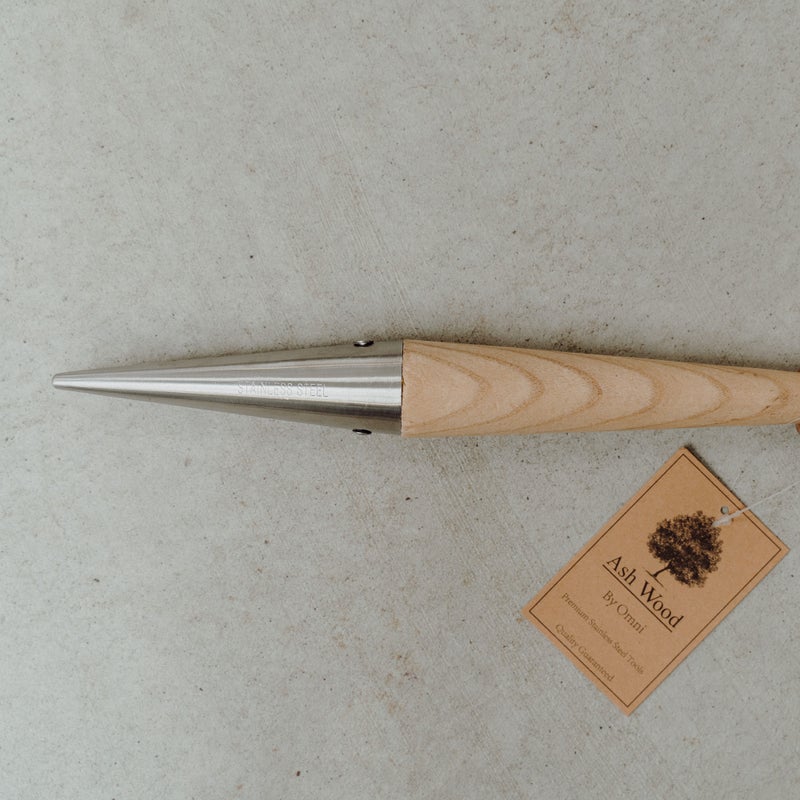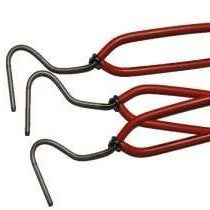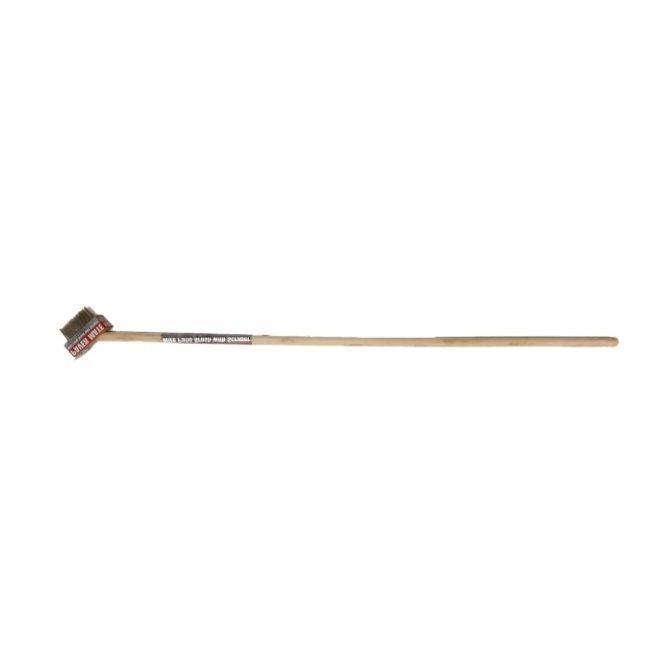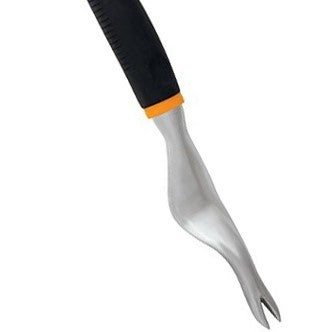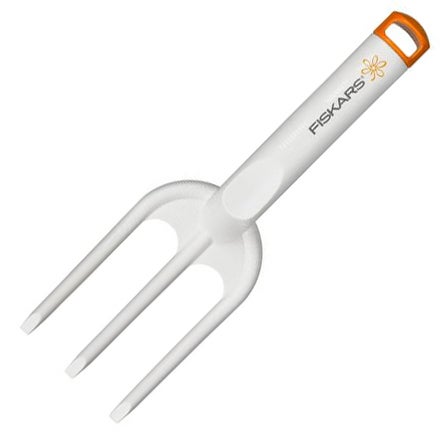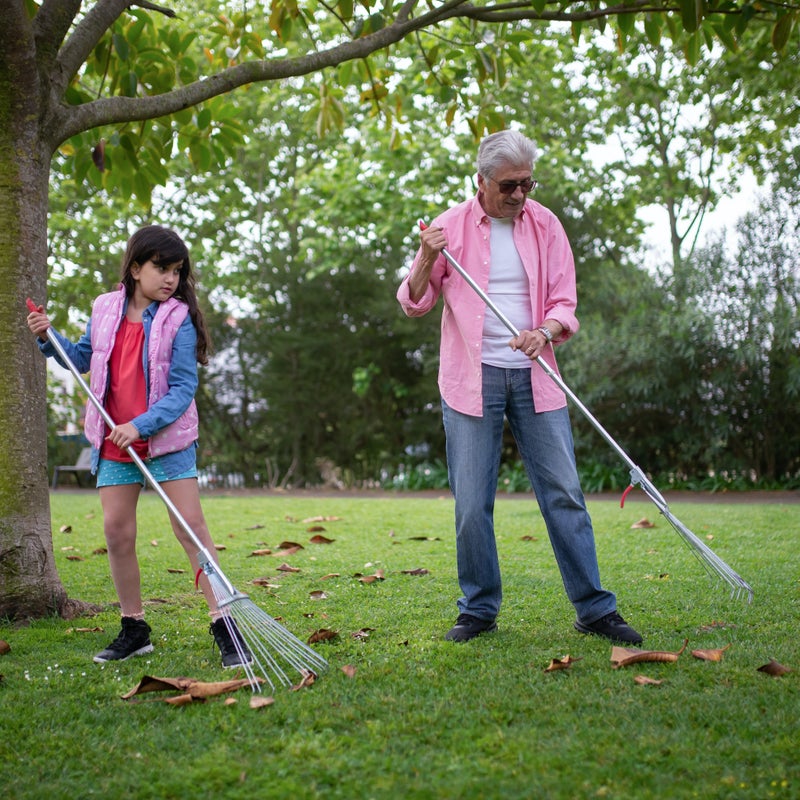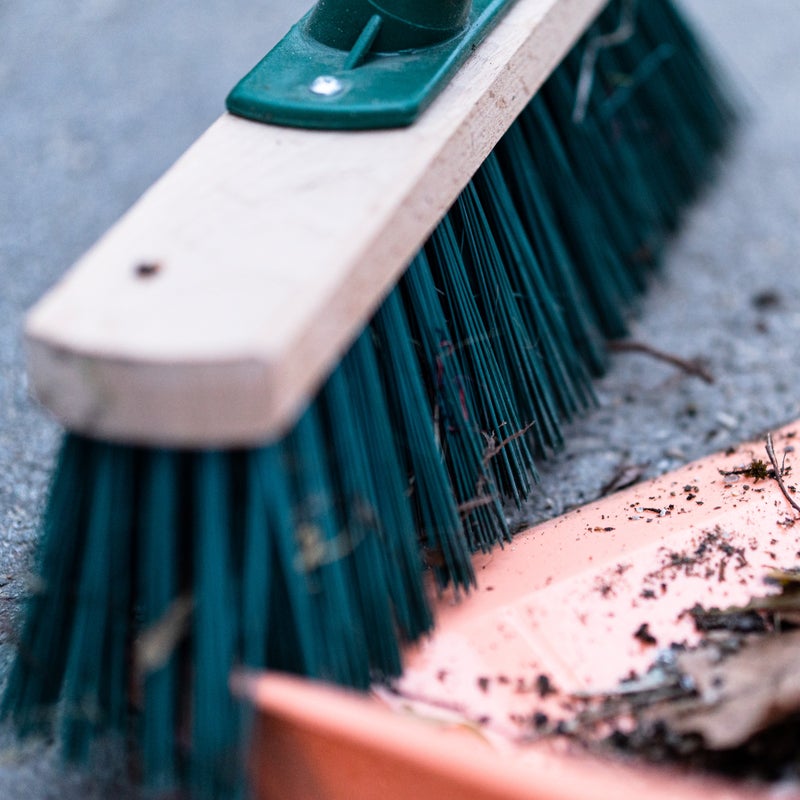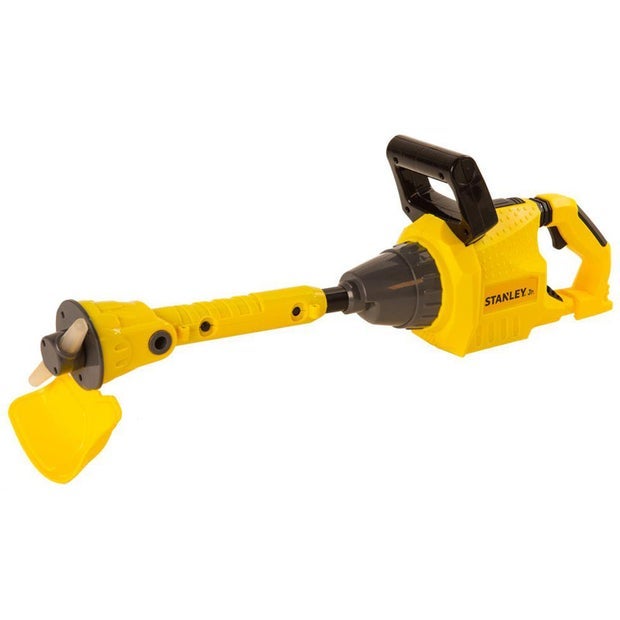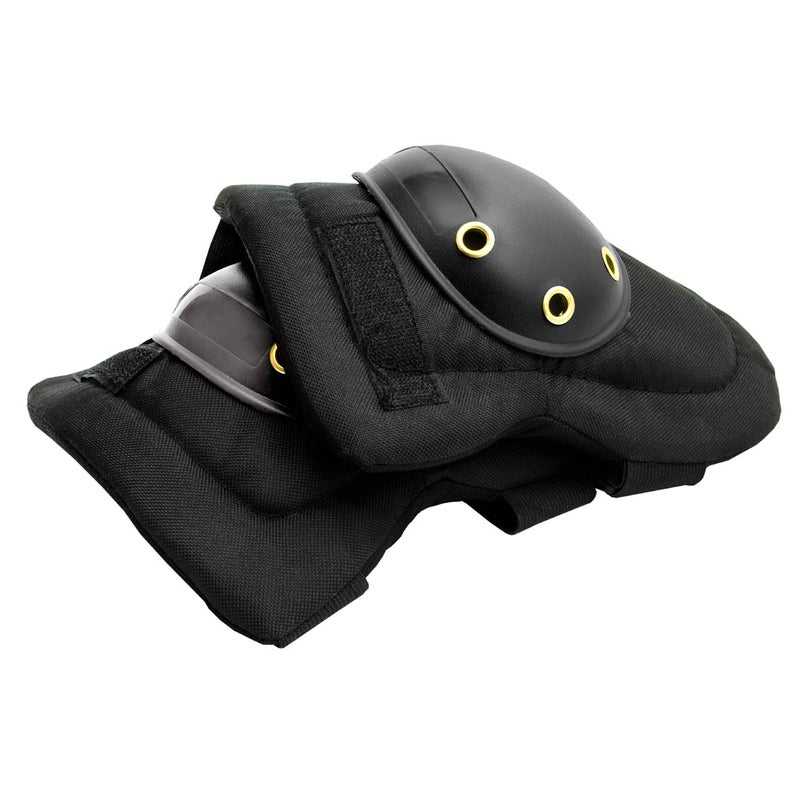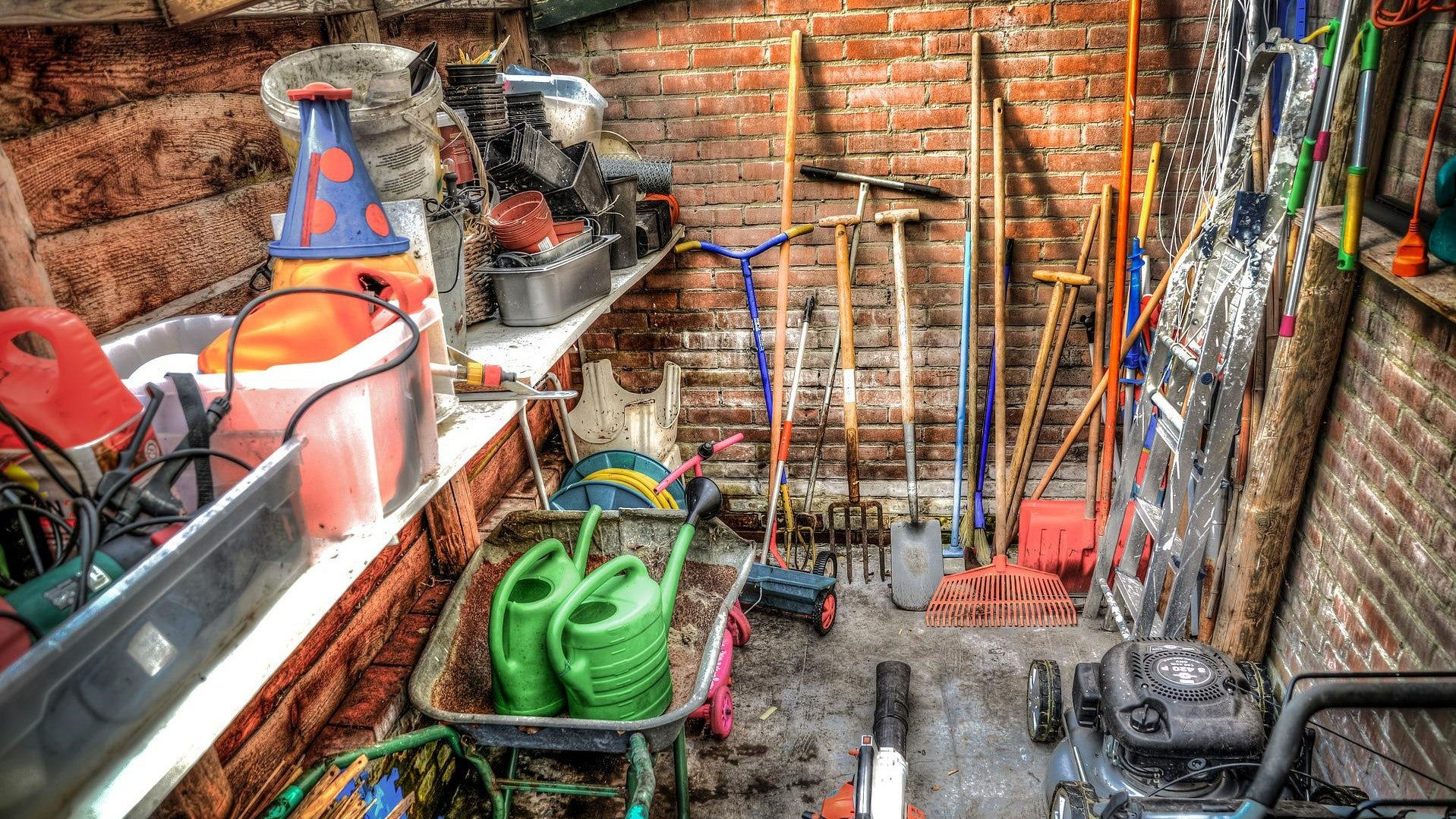
All about Tools and Garden Equipment
27 Jul, 2022
Cutting tools
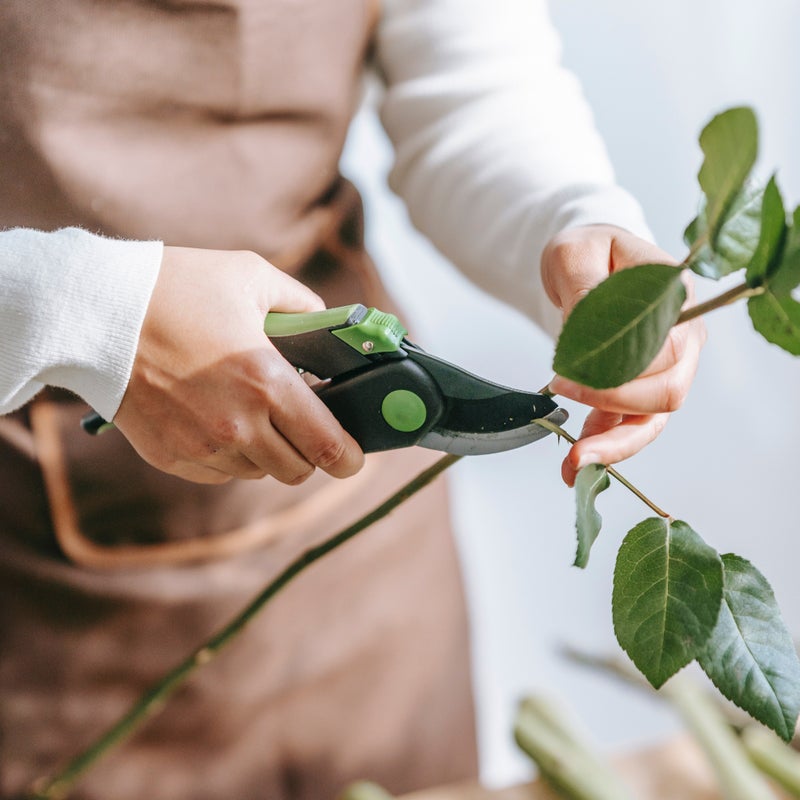
Bypass Pruners/ Secateurs
These are used for cutting small twigs and branches. These can be used to cut back any extra growth on a plant throughout the season. Perennials that have died back can be cut back, in addition to the small branches of shrubs such as citrus plants. These tools have curved blades that act like scissors, allowing you to get right into the growth. They work best on live wood.
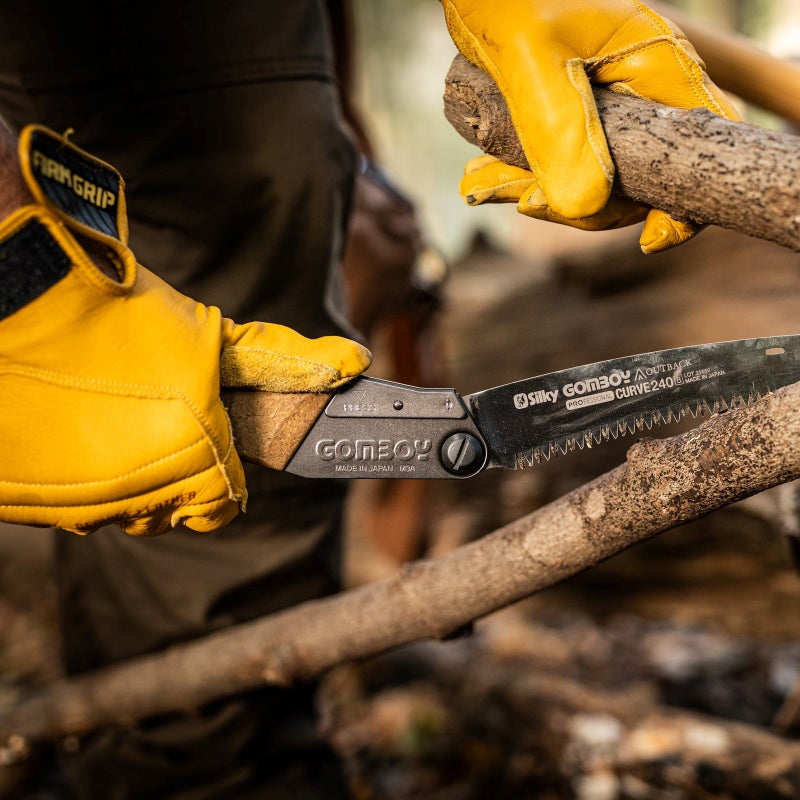
Pruning Saws
Best used on branches between the sizes of 2cm to 10 cm. There are a large variety of sizes and types to choose from, so feel free to ask a staff member which saw is right for you!
Pro Tip: Hold the branch steady and use the saw in your other hand; take breaks if you need, and create a wedge on larger branches to prevent your saw from getting stuck. Always cut as close as you can to the trunk, or leave a few centimetres when cutting back to another branch. Use pruning paste afterwards to help seal the wound.
Digging Tools
Trowel
Trowels are used for digging in garden beds, usually digging out small holes or small plants. You can use them to apply small amounts of extra soil or mix to the area where a small plant will be.
These are a must-have for every type of gardener.
There are different types of hand trowels, like small mini spades and also long-handled trowels available for those who have back problems.
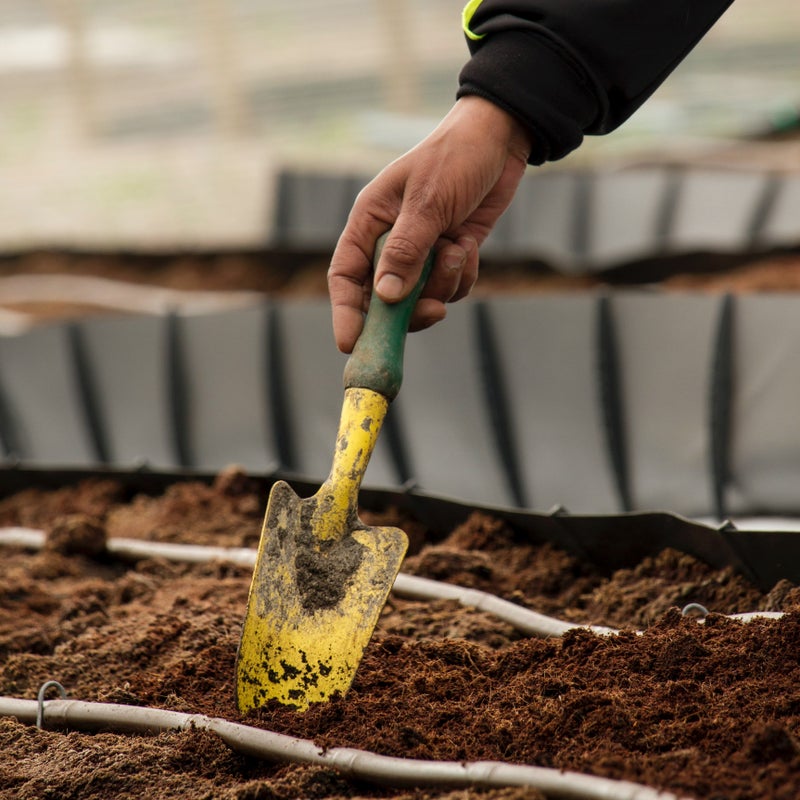
Garden Digging Forks
Garden forks can be used for a number of different jobs in your garden. They can help break up compact clay dirt or ground that is filled with stones. They can be used to turn over soil as you add extra compost in autumn, winter and spring. They can also be used to turn over your home compost or used to distribute straw mulch around trees, shrubs and the veggie garden. Plus, you can poke holes in the lawn to get better aeration around the roots, encouraging faster growth and healthier soil. The larger forks provide more force when digging up larger plants that need transplanting or have died out.
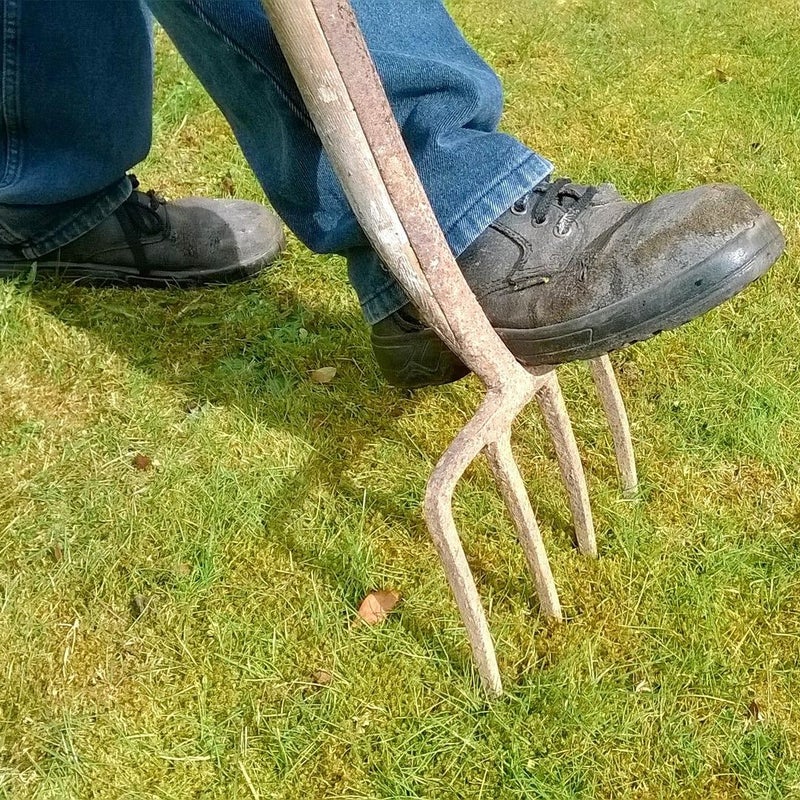
Gardeners ‘dagger’/’digidigi’
Garden ‘daggers’, ‘knives’ or ‘digidigs’ are the swiss army knife of the garden. They can be used to cut open bags of fertiliser and soil, cut out old string on vining plants such as tomatoes, split plants in the soil, measure depth when planting bulbs and can also be used to cut through root systems. This garden tool truly does it all!
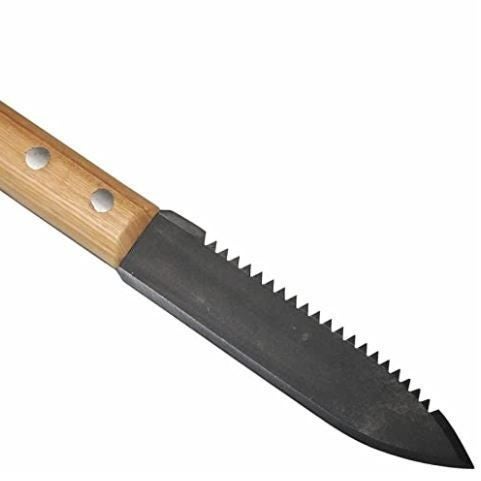
Tools for Weeds
Rakes
Garden Rake
Usually, heavier rakes are used to cultivate and turn over the very top of garden beds. Used to level dirt, take out small weeds, and add a top later of fertiliser, and are also used when levelling the ground when making a new lawn. They are amazingly versatile and are a staple tool in every gardener’s shed.
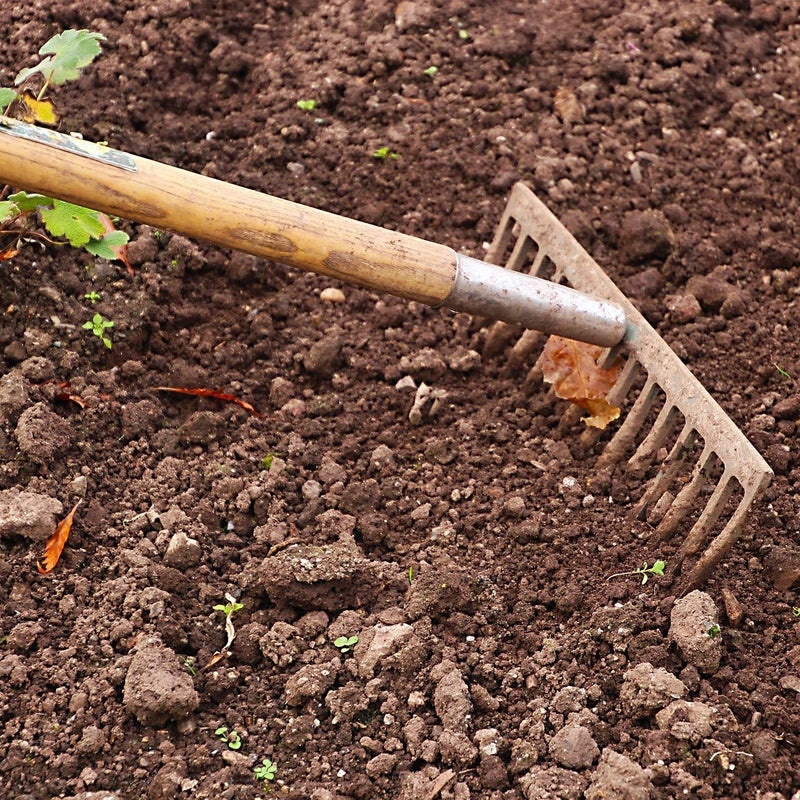
Other Equipment
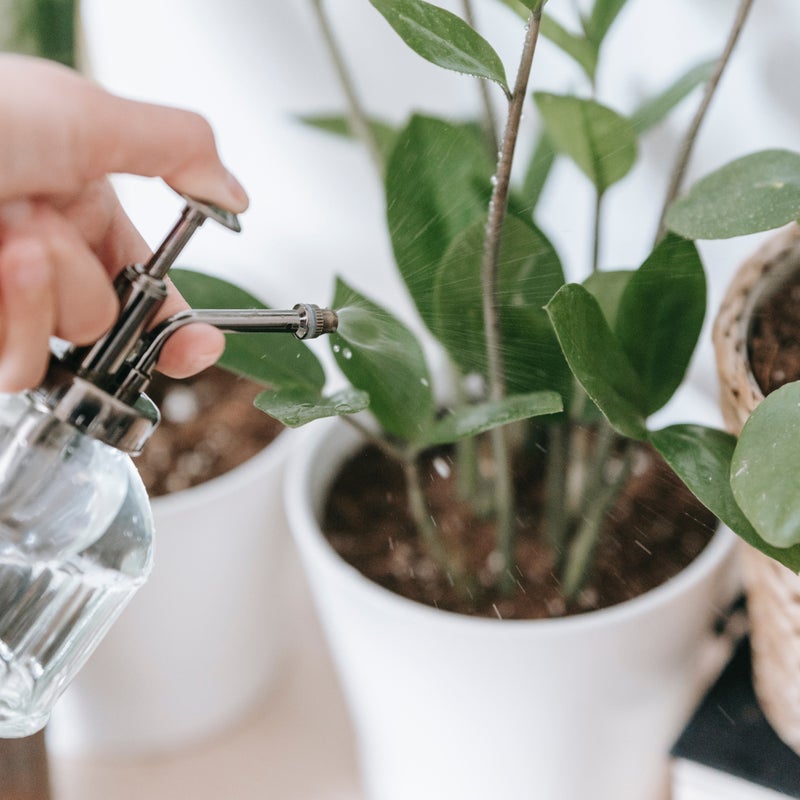
Sprayer
We stock different sprayers for different jobs. Ask staff instore which sprayer is right for you! Whether it's for pest management, anti-fungal sprays or killing off weeds. Remember to never use the same sprayer for different jobs. We recommend getting separate sprayers and having their purpose clearly labelled on their bottles.
